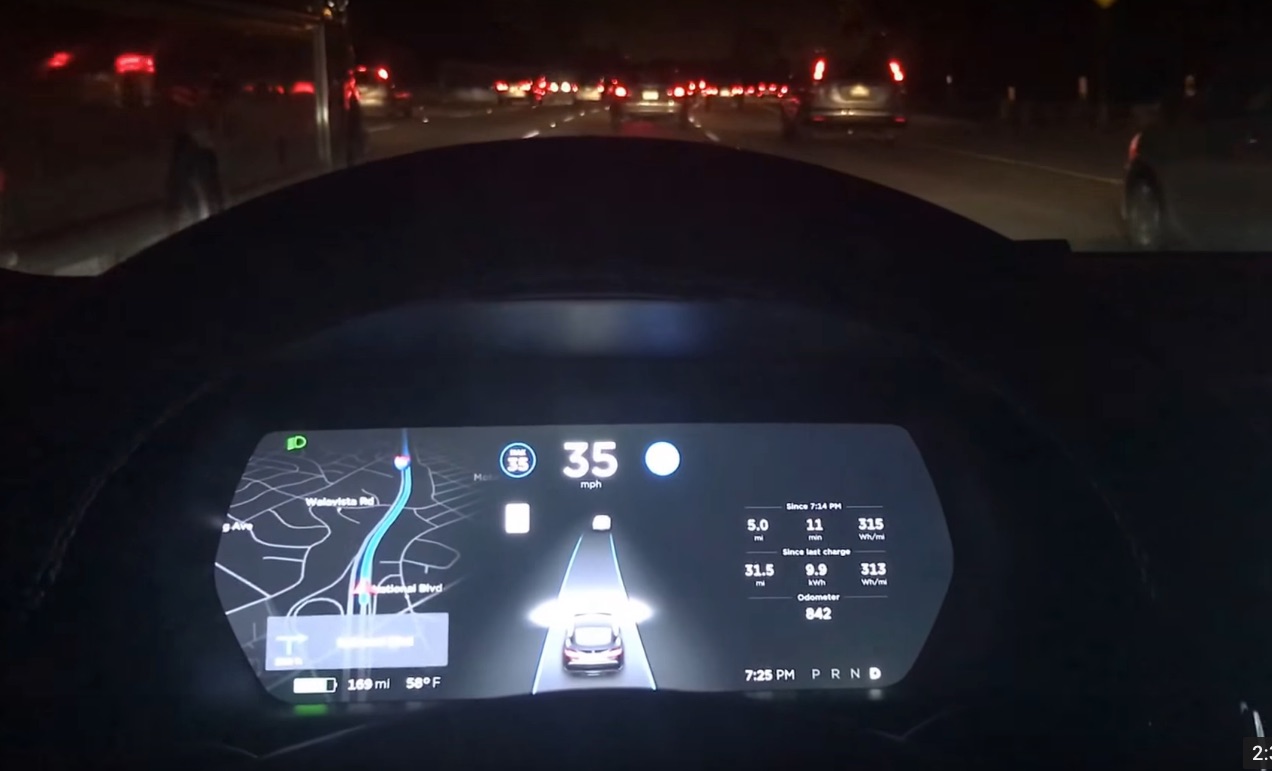After a six-month-long investigation conducted by the U.S. National Highway Traffic Safety Administration (NHTSA) following last year’s crash that killed a driver whose Model S collided with a truck while using the company’s driving-assist feature, NHTSA regulators have issued a report stating that no evidence of defects in Tesla’s electric car were found.
The report also highlighted the safety benefits of Tesla’s Autosteer feature, stating that data obtained through the investigation showed “Tesla vehicles crash rate dropped by almost 40 percent after Autosteer installation”. CEO Elon Musk took to Twitter to reveal the findings made by the NHTSA.
Many of the findings made by the NHTSA draw reference to an increase in driver’s safety as a result of Tesla’s suite of Autopilot features. This, by many accounts, is in sharp contrast to the media spectacle that took place last year after outlets were quick to falsely link Tesla Autopilot as being unsafe and the root cause behind the fatal crash.
Report highlight: “The data show that the Tesla vehicles crash rate dropped by almost 40 percent after Autosteer installation.”
— Elon Musk (@elonmusk) January 19, 2017
Today’s NHTSA finding clears Tesla from a vehicle recall.
A Tesla spokesperson tells us, “At Tesla, the safety of our customers comes first, and we appreciate the thoroughness of NHTSA’s report and its conclusion.”
We’ve embedded the NHTSA report below this story, but it can also be obtained directly through nhtsa.gov. It’s worth noting that the report takes a deep look at many of Tesla’s driving-assist features. Tesla’s Automatic Enhanced Braking (AEB) is referenced several times within the report and noted as a system that could “reduce rear-end crashes by 40 percent”. The report also adds, “the earliest NHTSA believes it could realistically implement a regulatory requirement for AEB – the commitment will prevent 28,000 crashes and 12,000 injuries” in speaking about the benefits of AEB.
Additionally, we’ve highlighted some of the finer details mentioned within the report that presumably led to the closing of the investigation:
- “NHTSA’s examination did not identify any defects in design or performance of the AEB or Autopilot systems of the subject vehicles nor any incidents in which the systems did not perform as designed.”
- NHTSA points out that “it appears that over the course of researching and developing Autopilot, Tesla considered the possibility that drivers could misuse the system in a variety of ways,”
- “types of driver distraction that Tesla engineers considered are that a driver might fail to pay attention, fall asleep, or become incapacitated while using Autopilot. The potential for driver misuse was evaluated as part of Tesla’s design process and solutions were tested, validated, and incorporated into the wide release of the product. It appears that Tesla’s evaluation of driver misuse and its resulting actions addressed the unreasonable risk to safety that may be presented by such misuse” reports the NHTSA.
[pdf-embedder url=”http://www.teslarati.com/wp-content/uploads/2017/01/NTHSA-Tesla-Crash-Investigation-INCLA-PE16007-7876.pdf”]











